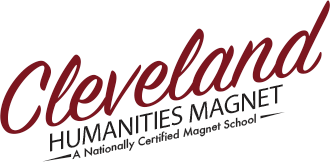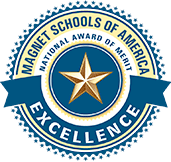Unit 1: An Interdependent and Globalized World
A Shrinking World: Seeing The World Through Different Lenses: The Role of Culture, the Environment, and Personal Experience in Shaping a Global Community
This unit is an introduction to the key concepts and analytical tools relevant to the study of our world. You will learn the vocabulary and concepts of critical thinking, which includes recognizing biases and personal assumptions, the basics of map reading and the importance of geography, the principles and elements of religion in a cultural context, and the main ecological concepts needed to understand the connection of science to the humanities. This year will be the foundation for your four-year journey in CORE.
English
In this introductory unit, students will be introduced to the concepts of globalization and critical thinking and begin to understand the responsibility they hold as citizens of a global community.
LEARN MORE ABOUT THIS UNIT
Key Concepts:
Globalization
Ethnocentrism
Cultural Sensitivity
Critical Thinking
Identity
Readings:
Dumas, Firoozeh. Funny in Farsi. New York: Random House, 1994. Print.
“Critical Thinking,” adapted handout from Jan Rehner
“Globalization,” Thomas L. Friedman
Video:
White Dawn
Social Institutions
The first unit is an introduction to the basic understanding of culture and geography. Students are asked to take on the role of a cultural anthropologist, one who critically thinks about the political, social, economic, and cultural institutions of societies.
LEARN MORE ABOUT THIS UNIT
Key Concepts:
Critical Thinking
Metacognition
Culture
Globalization
Farm Power
Readings:
Adapted handouts from Guns, Germs, and Steel, Jared Diamond
Excerpts from A Taxonomy for Learning, Teaching, and Assessing: A Revision of Bloom’s Taxonomy of Educational Objectives, Loorn W. Anderson and David R. Krathwohl
“Body Ritual among the Nacirema,” Horace Miner
Videos:
Guns, Germs, and Steel (National Geographics) Part One
Emerald Forest
Story of Stuff (storyofstuff.com)
Art and Religion
Our first unit is on Critical Thinking, Beliefs, Religion and Worldview. We explore what the discipline of Art, Religion and Philosophy is all about, by contemplating, “What is Art?” Students learn how art transfigures the commonplace by taking a mere real thing and transforming it into something that makes them think about their thinking.
LEARN MORE ABOUT THIS UNIT
Key Concepts:
What is art?
Epistemologies
Religion
Worldview/Beliefs
Manifesto
Propaganda
Environmental Science
In the Globalization Unit, the science curriculum focuses on the resources that we share. Our main focus is water and we briefly visit supply and usage in Southern California. In subsequent units our relationship with water is revisited.
LEARN MORE ABOUT THIS UNIT
Readings:
Excerpts from “The Hydrologic Cycle”
Video:
Blue Gold: World Water Wars, A film by Sam Bozzo


